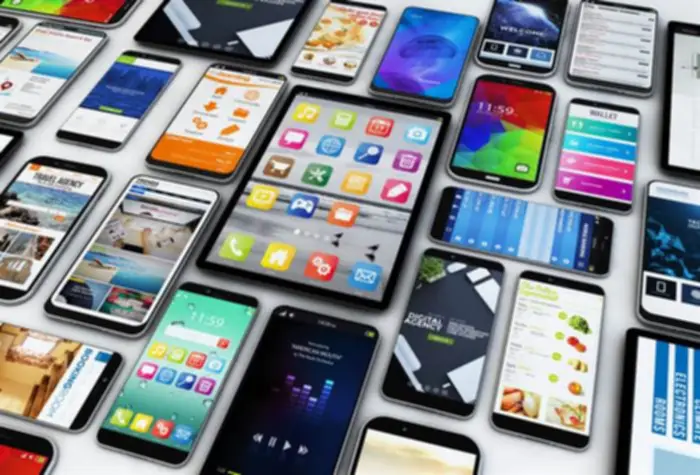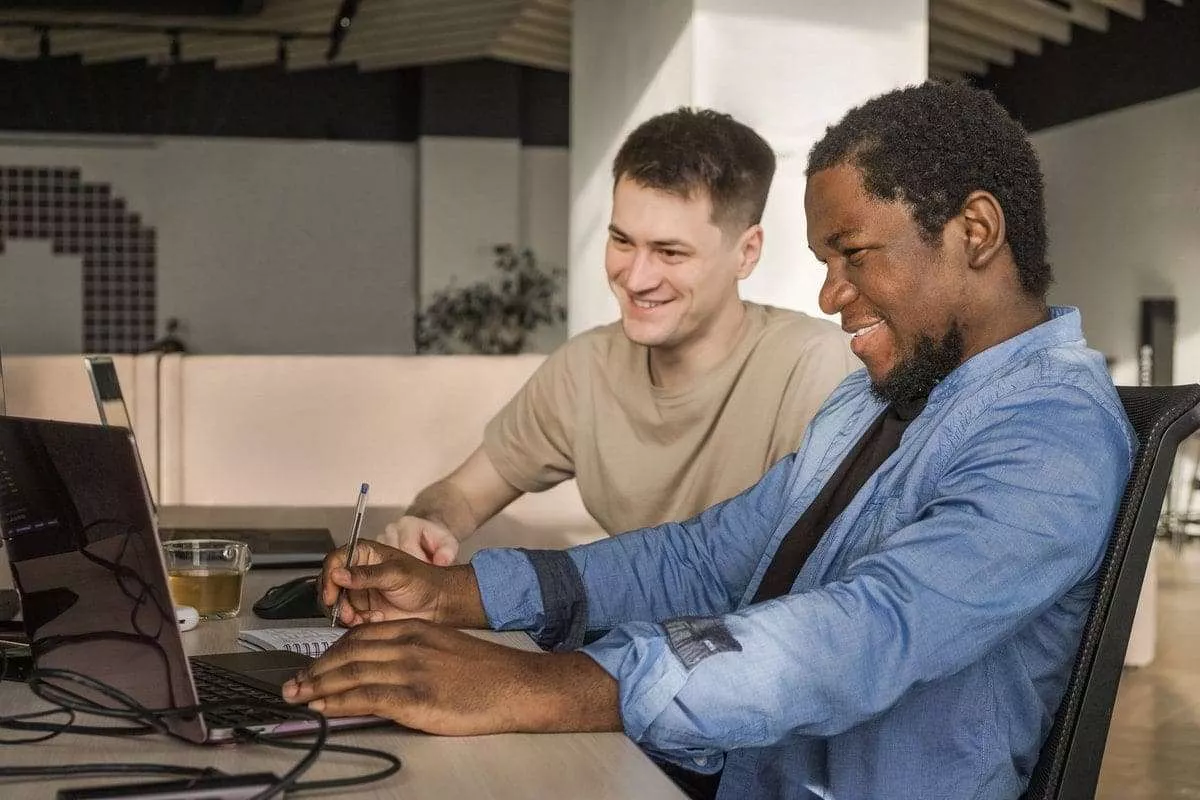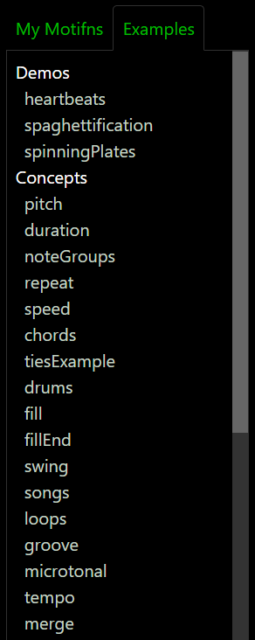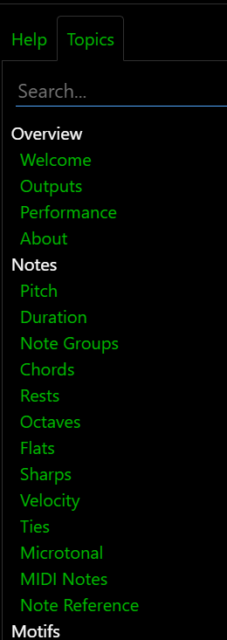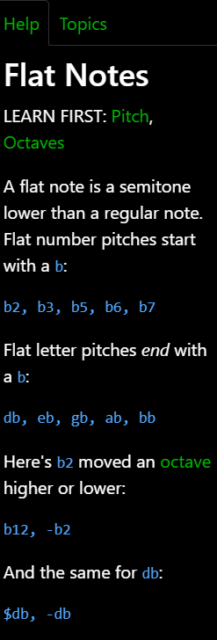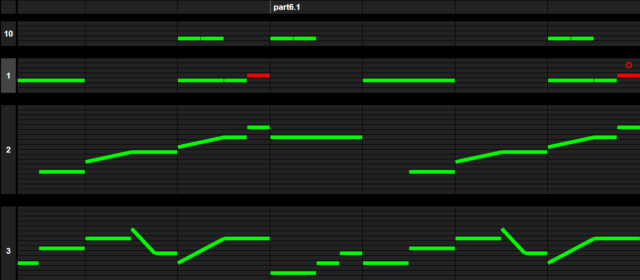Content
It establishes a single, immutable ledger accessible to all participants, ensuring a consistent and auditable record whose transparency minimizes disputes and blockchain for payments enables efficient reconciliation. Enterprises can also take advantage of the enhanced security features inherent in blockchain, guarding against fraudulent activities that threaten the integrity of their financial data. Blockchain offers a novel method for charitable donations, promoting transparency, efficiency, and donor trust.
- Both are needed for a user to view their balance and send and receive crypto transactions.
- The initial setup costs, including hardware, software, and skilled personnel, can be substantial.
- Blockchain records and stores data on all manipulations across payment-related documents (invoices, receipts, bills of lading, letters of credit, etc.), including details on document creation, editing, viewing and sharing.
- I agree to the Privacy Policy and give my permission to process my personal data for the purposes specified in the Privacy Policy.
- The UK, aspiring to establish itself as a global cryptocurrency hub, successfully incorporated stablecoins into the country’s payments regulation in June 2023.
- More organizations are focusing on the utility of blockchain to accelerate their business processes, reduce the cost of payment processing, add more security layers, and tackle potential business risks.
- For example, Ripple, a blockchain payment company, has partnered with over financial institutions, including Santander and American Express, to facilitate faster and more secure cross-border transactions.
Advantages of Using Blockchain for Financial Transactions
A UK-based fintech startup Mercuryo has developed a blockchain payment processing solution that enables businesses and individuals to easily send and receive cross-border payments. The solution supports 50+ cryptocurrencies Non-fungible token and fiat currencies, offers fast processing of international payments, and facilitates traceability of cross-border payment transactions. It provides automated AML/KYC compliance checks and offers prebuilt APIs to integrate with the corporate clients’ systems.
Blockchain for payments: the market state for 2024
Circle Pay blockchain allows for the safe transfer of money between different individuals, currencies and countries. The Circle Pay function is available in over 30 countries and in U.S. dollars, euros and British pounds. Each money transfer or payment is encrypted on a blockchain to ensure a safe transaction. The Circle Pay app acts as a group messaging app with a payment feature integration, so. https://www.xcritical.com/ You can transfer money cross-border and cross-currency in between sending your friends selfies and memes.
Central Bank Digital Currencies (CBDCs)
However, traditional PvP systems are often plagued by inefficiencies, high costs, and settlement risks. Due to the anonymity of bitcoin transactions with the use of addresses, the number of payments is not exact and should be estimated from the type of transaction. We have assumed that any transaction outputs is a payment, apart from one output being the change of the transaction when there is at least 2 outputs.
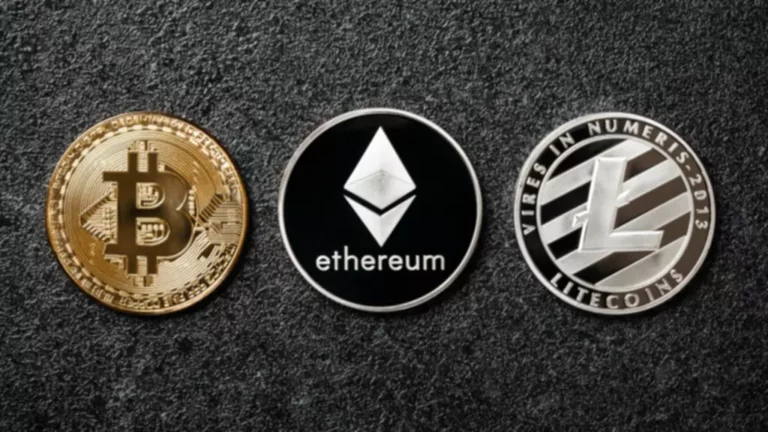
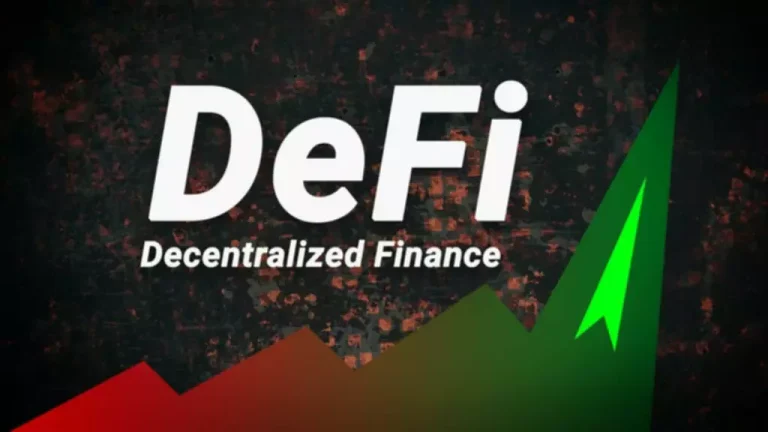
Over 175 global payments companies leverage Fireblocks to scale their digital asset operations and quickly enter new markets. From payment orchestration and automated workflows to connecting with on- and off-ramps, Fireblocks delivers a unified digital asset payments solution across blockchains and geos. As mentioned, payment processing efficiency will face several challenges in the blockchain space. Blockchain integration with multiple chains, blockchain compliance, and scalability solutions are just a few of the hurdles to overcome. In the years ahead, digital wallets and payment gateways may increasingly offer “decentralized payments” that occur in the crypto-blockchain space. Already, consumers show an interest in peer-to-peer transactions via mobile devices like Zelle, Venmo, Cash App, and PayPal.
Furthermore, stablecoins can be obtained through bank transfers and used within blockchain ecosystems. Some blockchain projects and fintech companies also work on solutions to bridge the gap between traditional banking and blockchain, enabling direct transfers from bank accounts to blockchain wallets. Thus, while blockchain doesn’t accept bank transfers, these integrations allow seamless transitions between traditional and digital finance. Surely, the biggest slice of that blockchain revenue pie is driven by the hundreds of cryptocurrencies that form the crypto market. On the enterprise level, blockchain provides a robust solution for large-scale financial transactions.
Read on to learn about blockchain in payments and explore the potential benefits it provides. While blockchain technology for payments holds great promise for payments, it’s important to note that there are still challenges to overcome, such as scalability and regulatory considerations. This technology allows users to make anonymous payments and cross-border transfers between jurisdictions. Anonymity allows you to hide the direction of payment and its amount to avoid paying taxes. Crypto blockchain-based payments also provide an opportunity to overcome sanctions regimes.
Plus, blockchain payments aren’t only restricted to cryptocurrency transactions, meaning the technology can support payments from multiple currencies like U.S. dollars, Canadian dollars and more. More organizations are focusing on the utility of blockchain to accelerate their business processes, reduce the cost of payment processing, add more security layers, and tackle potential business risks. Both public-private concerns pay attention to decentralized as it can take their business growth to the mainstream. While implementing blockchain solutions, special attention needs to be given to the regulatory compliance required.
The nonce value is a field in the block header that is changeable, and its value incrementally increases with every mining attempt. If the resulting hash isn’t equal to or less than the target hash, a value of one is added to the nonce, a new hash is generated, and so on. The nonce rolls over about every 4.5 billion attempts (which takes less than one second) and uses another value called the extra nonce as an additional counter.
Consequently, this leaves no room for anyone to engage in corrupt practices or financial mismanagement without detection. Blockchain serves as the foundational technology in crypto payments, playing a vital role in maintaining transactional security and reliability. It applies cryptographic principles to authenticate transactions, embedding an additional layer of trust and integrity within digital payments.
Any attempt to alter a record would be immediately noticeable, safeguarding the data against tampering. Validation and confirmation involve all network nodes coming to a consensus on the transaction’s validity. After consensus is reached, the new block is added to the existing blockchain. Each block contains a unique cryptographic hash and the hash of the previous block, ensuring the chain’s integrity. PvP is crucial in reducing settlement risks, which can lead to significant financial losses and systemic failures.
With the expected growth of the global blockchain market from $27.84 billion in 2024 to $825.93 billion by 2032, the segment of blockchain-based cross-border payments is anticipated to show the corresponding increase. Veem uses blockchain technology to make payments faster and safer than ever before. Countless industries and multiple levels of business leverage blockchain to automate and optimize their processes and operations. GAO recommends Congress consider legislation for federal oversight of nonsecurity crypto asset spot markets and stablecoins.
Bits of data are stored in files known as blocks, and each network node has a replica of the entire database. Security is ensured since the majority of nodes will not accept a change if someone tries to edit or delete an entry in one copy of the ledger. This may not appear to be substantial because we already store lots of information and data.
These instant payment solutions aim to modernize the payment landscape and meet the evolving needs of customers in today’s digital economy. They are based on blockchain technology, a distributed database that records transactions. This makes blockchain payments more secure and transparent than traditional payment methods. Blockchain-based payment solutions can be integrated into point-of-sale systems, allowing merchants to accept cryptocurrency payments directly from customers. Cross-border payment transactions are submitted by the blockchain network members or automatically enforced by smart contracts upon predefined events.
Blockchain plays a significant role in transforming digital payments and financial services. By utilizing decentralized ledgers and smart contracts, blockchain reduces fraud, streamlines cross-border transactions, and enables financial inclusion. However, challenges like scalability and regulatory frameworks must be addressed for its widespread adoption and integration into the financial ecosystem. The future trends include the tokenization of real-world assets and the emergence of CBDC projects across central banks.
